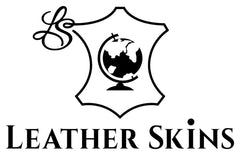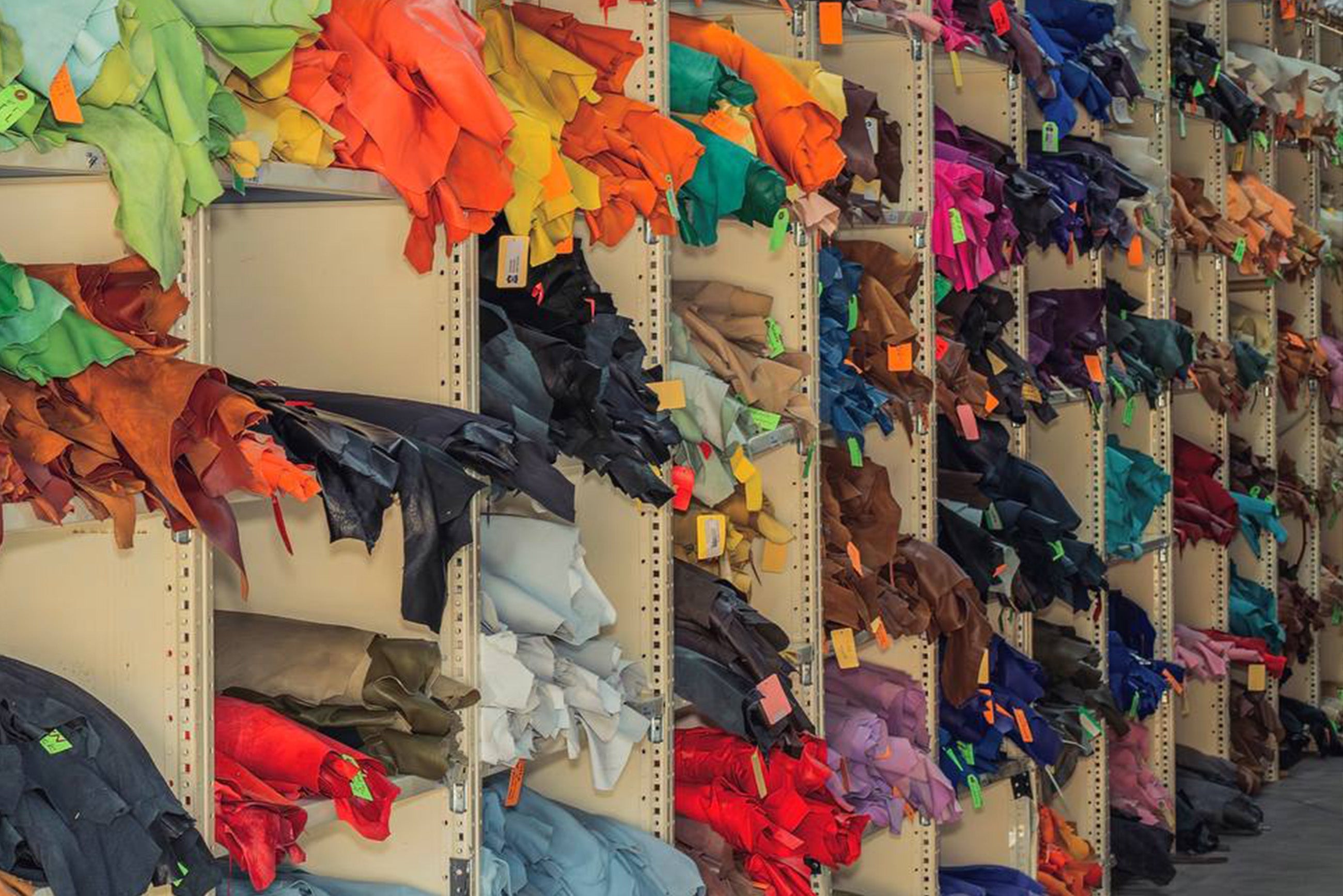In today’s world, more and more people are seeking products that align with their values—especially when it comes to sustainability. With a growing focus on reducing waste and making eco-friendly choices, consumers are scrutinizing the materials that go into the products they buy. One such material that often comes into question is leather, but contrary to some misconceptions, leather, when sourced responsibly, is not only a timeless and durable material but also a sustainable option.

So, why leather? Let’s dive into the reasons why leather remains an exceptional choice for those looking for high-quality, sustainable products.
1. Leather is a Natural Byproduct
Leather is essentially a byproduct of the meat industry. Rather than letting hides go to waste, turning them into leather prevents them from ending up in landfills. Utilizing this natural material promotes a circular economy, where every part of the animal is used, reducing waste. When responsibly sourced, leather is a way to make the most out of resources that are already being harvested.
2. Durability and Longevity
One of the biggest advantages of leather is its incredible durability. Leather products are built to last for years, if not decades, with proper care. Unlike synthetic materials that wear out quickly, leather ages gracefully and develops a unique patina over time. By investing in leather goods, you’re not only getting a timeless piece but also reducing the need for frequent replacements. This longevity significantly reduces waste and the need for continuous production, which in turn lowers environmental impact.

3. Leather is Biodegradable
While synthetic materials like faux leather are often marketed as eco-friendly, they are usually made from plastics that can take centuries to break down in landfills. Real leather, on the other hand, is a natural material that is biodegradable. Given the right conditions, it will decompose over time, unlike its synthetic counterparts.
4. Reduced Microplastic Pollution
The fashion industry is increasingly being scrutinized for its contribution to microplastic pollution. Synthetic materials such as polyurethane or PVC-based “vegan leather” release microplastics into the environment, especially when washed or discarded. Leather, being a natural material, does not contribute to microplastic pollution, making it a more sustainable option in this regard.

5. Timeless Style and Versatility
Leather has been used for centuries, not just for its durability but also for its unmatched elegance. The classic appeal of leather products means they never go out of style. Investing in high-quality leather goods, whether it’s a jacket, bag, or piece of furniture, ensures that your items will remain fashionable and functional for years to come. This timelessness encourages thoughtful, quality purchases over fast fashion, helping combat overconsumption.
6. Leather is Repairable and Upcyclable
Unlike synthetic alternatives, leather can be easily repaired, refurbished, or even repurposed into something entirely new. A scratched leather bag can be restored, a worn-out leather jacket can be given a new life, and leather scraps can be used to create smaller items like wallets or keychains. The versatility of leather means that it can enjoy multiple lifecycles, reducing the overall demand for new raw materials.

7. Sustainable Tanning Processes
In recent years, the leather industry has made significant strides in adopting sustainable tanning practices. Many tanneries are moving away from toxic chemicals in favor of vegetable tanning, which uses natural substances like tree bark and plant extracts. Additionally, modern tanning methods aim to reduce water usage and waste, further minimizing the environmental impact. When buying leather, look for companies that source their hides responsibly and use eco-friendly tanning processes.
8. Comfort and Breathability
Unlike synthetic materials, leather is breathable, which means it adjusts to your body temperature, keeping you cool in the summer and warm in the winter. Its natural breathability also makes it a healthier choice for products that come into direct contact with your skin, such as footwear, clothing, and upholstery.
Investing in Leather for a Sustainable Future
Choosing leather is not just about luxury or fashion—it’s about making an informed choice for the planet. When responsibly sourced and properly maintained, leather is one of the most sustainable materials available. By investing in high-quality leather goods, you are not only choosing timeless style and unparalleled durability but also making a conscious decision to support sustainability.

Leather is the superior choice for production and manufacturing
Leather’s combination of natural origins, longevity, repairability, and biodegradability make it a superior choice over synthetic alternatives. As consumers, we have the power to drive change by choosing products that reflect our commitment to the environment.
The next time you’re considering a leather purchase, remember: Leather is more than just a material—it’s a sustainable investment in quality and a timeless symbol of craftsmanship. Explore our collection of premium leather, and take a step toward a more sustainable lifestyle.


